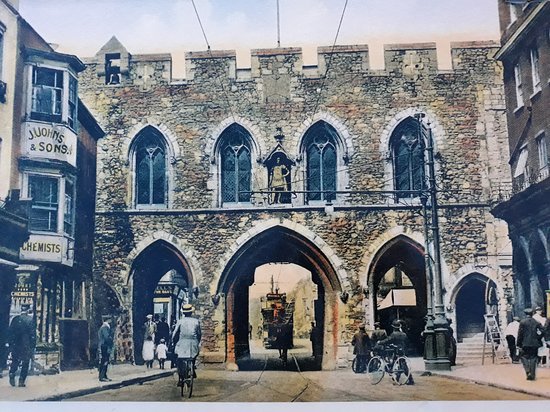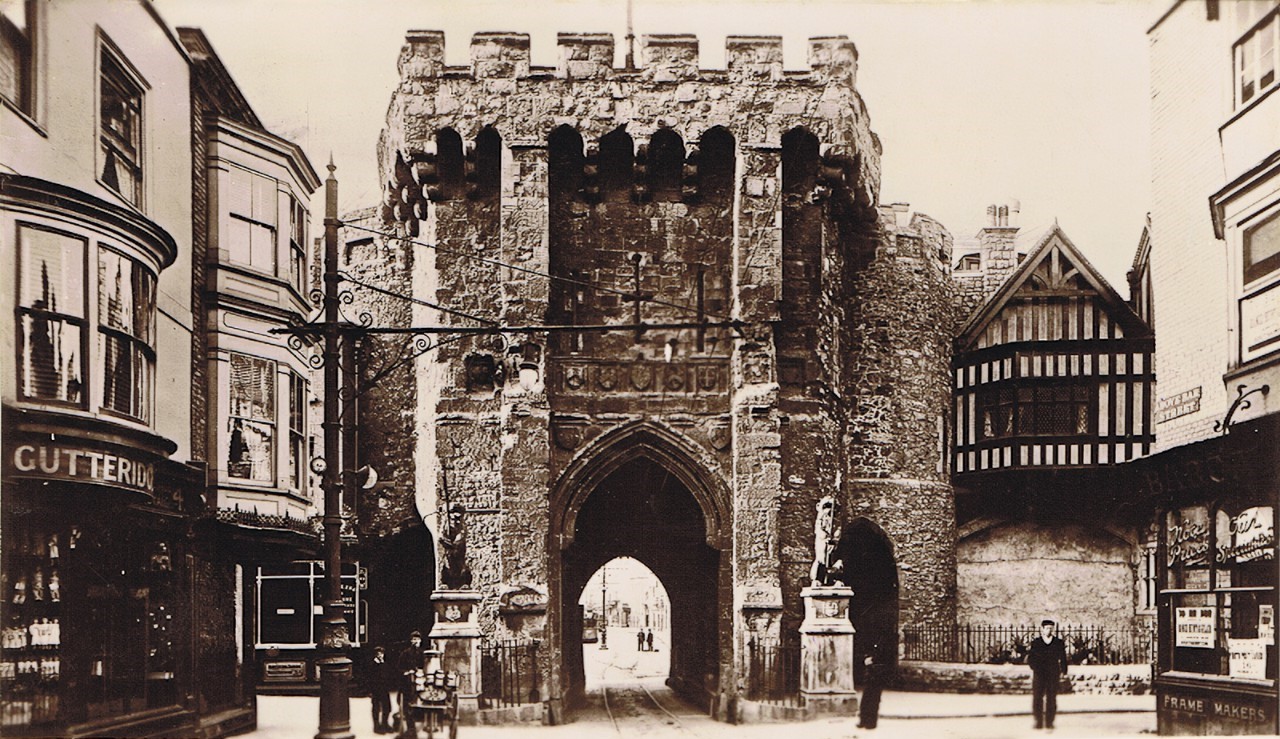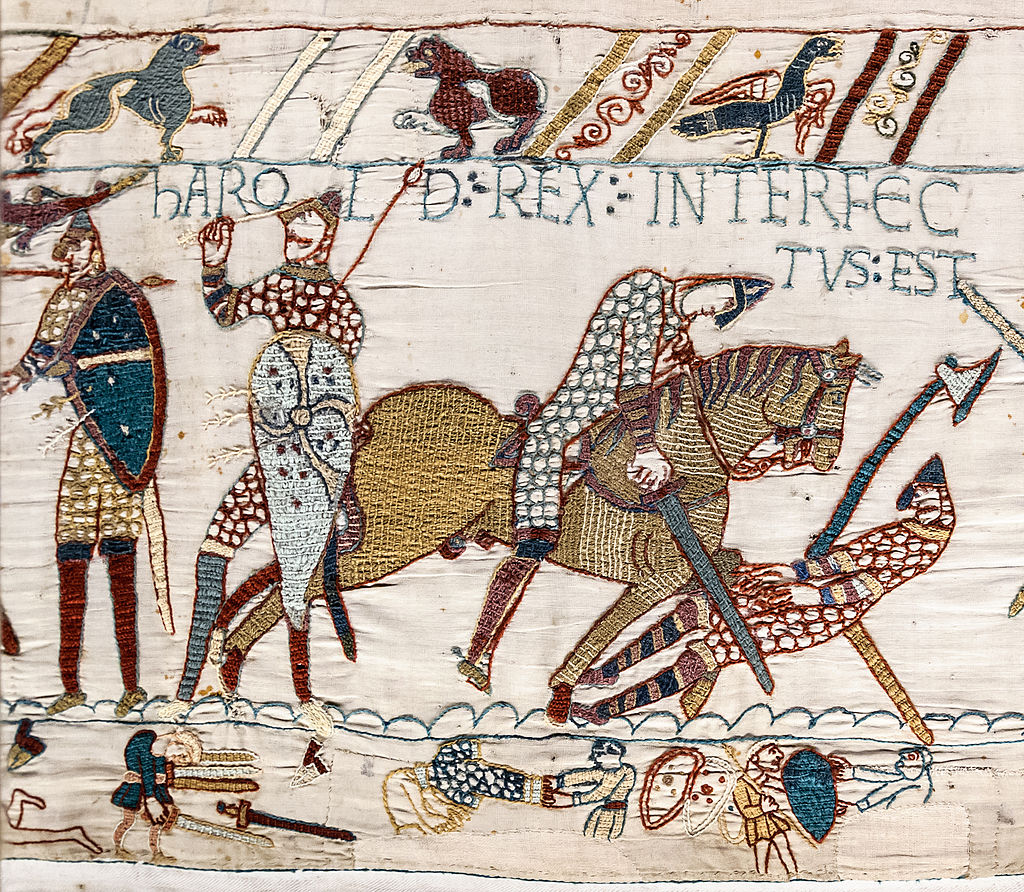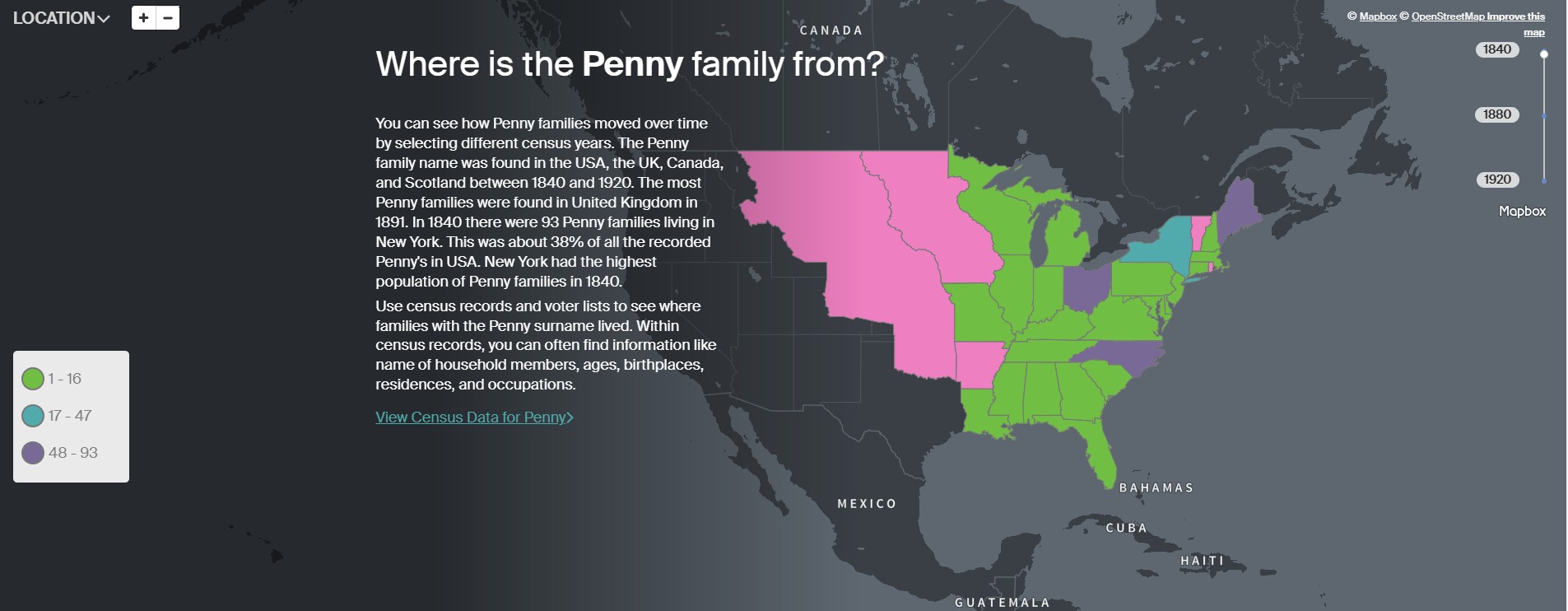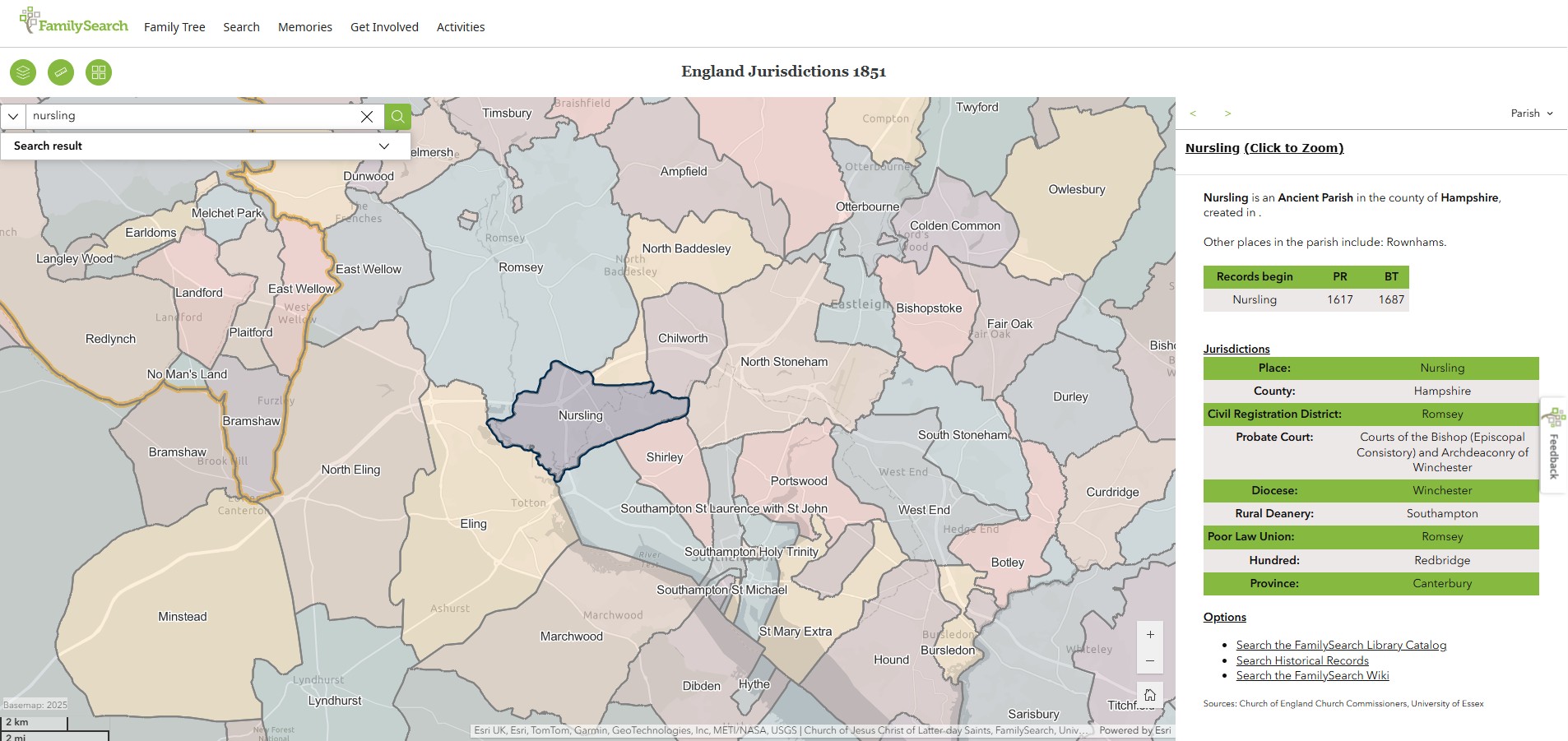Our part in the Southampton Plot
In the Parliament of 1414, Richard was created Earl of Cambridge, a title formerly held by his elder brother, Edward, 2nd Duke of York, who had earlier ceased to be Earl of Cambridge either by resignation or deprivation of the title.
Richard's creation as Earl of Cambridge in 1414, however, brought with it no accompanying grant of lands, and according to Harriss, Cambridge was "the poorest of the earls" who were to set out on Henry V's invasion of France. As a result, he lacked the resources to equip himself properly for the expedition. Perhaps partly for this reason, Richard conspired with Lord Scrope and Sir Thomas Grey to depose Henry V of England and place his late wife Anne's brother Edmund Mortimer, 5th Earl of March, on the throne. On 31 July, Mortimer revealed the plot to the king. Later, he served on the commission that condemned Richard to death. Although Richard pleaded with the king for clemency, he was beheaded on 5 August 1415 and buried in the chapel of God's House at Southampton (now St. Julien's Church, Southampton). The fleet set sail for France a few days later, on 11 August 1415.
Grey, Cambridge, and Henry Scrope, 3rd Baron Scrope of Masham, were the ringleaders of the failed Southampton Plot of 1415, which was a plot to assassinate King Henry V at Southampton before he sailed to France and to replace him with Edmund Mortimer, 5th Earl of March. On 31 July 1415, Mortimer revealed the plot to the King at Portchester Castle, near Portsmouth. The conspirators were promptly arrested and executed. Sir Thomas Grey was beheaded at the North Gate of Southampton on 2 August 1415. Grey's part in the Southampton Plot was attributed by Grey himself to 'poverty and covetousness'.
Richard, Scrope and Grey were promptly arrested. The trial took place in Southampton, on the site now occupied by the Red Lion Inn. Grey was beheaded on 2 August 1415. The most degrading punishment was reserved for Scrope, perhaps because he had been a royal favourite. Prior to his execution, Scrope was dragged across Southampton from the Watergate to the north gate, where he and Cambridge were beheaded on 5 August 1415. Scrope's head was sent to York, to be put on a spike on Micklegate Bar.
Richard of Conisburgh, Plantagenet 3rd Earl of Cambridge
b. 3 JUL 1385 d. 5 AUG 1415, Southampton
7th cousin 21x removed
Beheaded at the North Gate of Southampton on 5 August 1415
Henry Scrope 3rd Baron Scrope of Masham, KG
b. ABT. 1373 d. 5 AUG 1415
husband of 7th cousin 21x removed
Beheaded at the North Gate of Southampton on 5 August 1415.
Prior to his execution, Scrope was dragged across Southampton from the Watergate to the north gate, where he and Cambridge were beheaded on 5 August 1415. Scrope's head was sent to York, to be put on a spike on Micklegate Bar.
Sir Thomas Grey
b. 30 NOV 1384 d. 2 AUG 1415
8th cousin 20x removed
Beheaded at the North Gate of Southampton on 2 August 1415
Henry V King of England
b. 1386 d. 1422
8th cousin 20x removed
Anne de Mortimer, husband of Richard of Conisburgh, and sister of Edmund Mortimer
b. 27 DEC 1388 d. 22 SEP 1411
8th cousin 20x removed
Edmund Mortimer 5th Earl of March, 7th Earl of Ulster, Edmund was heir-presumptive to the throne
b. 6 NOV 1391 • New Forest Estate, Westmeath, Ireland d. 18 JAN 1425
8th cousin 20x removed
It appears that all involved in the Southampton Plot were related to each other and to me.
Place of execution, North Gate.
According to 'copilot' the Bargate was formerly known as the North Gate.
Sotonopedia about Bargate, with recent photos of Bargate.
Some images of Bargate before the old walls and shops to the side were demolished to allow traffic to bypass the arch, forming a roundabout with the Bargate in the centre. Both believed to be from postcards.
